The frozen continent hides more than just ice.
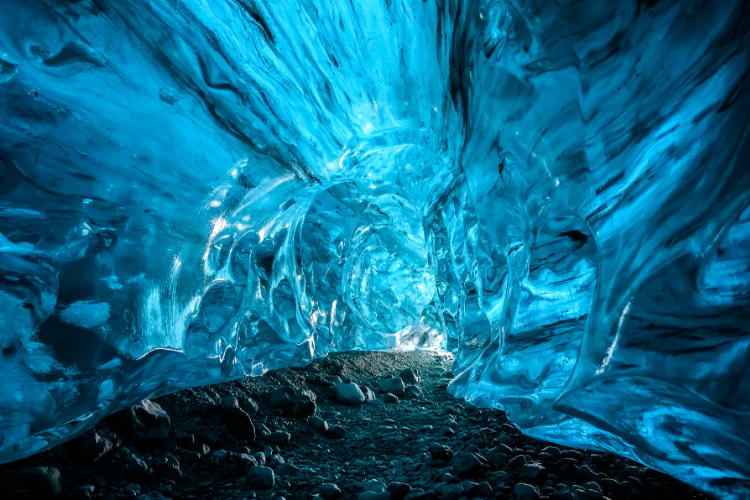
For decades, Antarctica was seen as a continent of ice sheets and wind-scoured plains, but researchers keep pulling back layers that change how we think of it. Beneath that stark white surface, an entire hidden environment has slowly come into focus, and every discovery makes the place less desolate and more alive with possibility.
It wasn’t a single moment of revelation but a string of findings that began to fit together. Ice shelves, buried lakes, and tunnels carved by water form a landscape that seems almost otherworldly, yet it exists right under our feet.
1. Subglacial lakes turned out to be everywhere.
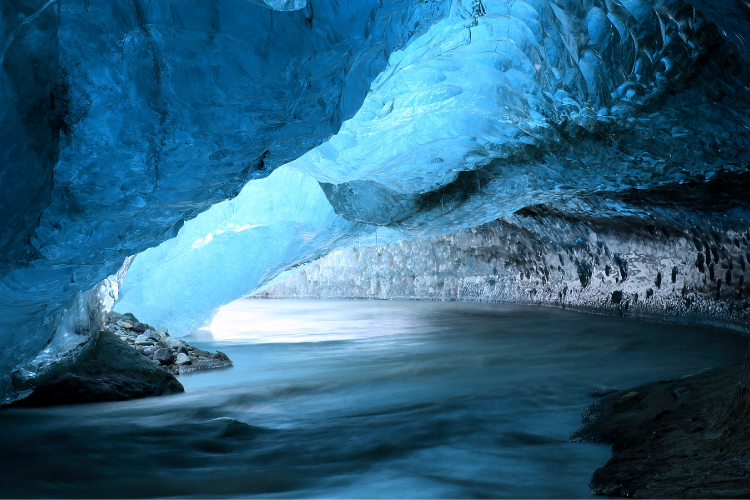
Scientists first discovered Lake Vostok decades ago, but in recent years surveys have revealed nearly 400 liquid lakes sealed under Antarctic ice. According to the British Antarctic Survey, these lakes exist because heat from Earth’s interior and pressure from the ice above keep the water from freezing solid. Their presence suggested not just isolated pools but a vast hidden network.
That idea cracked open our imagination. If lakes can persist for millions of years in complete darkness, isolated from the surface, then they might support microbial life. And suddenly Antarctica was not just an icy desert—it was a vault holding secrets as old as the ice itself.
2. Tunnels beneath the ice shelves connect hidden waters.
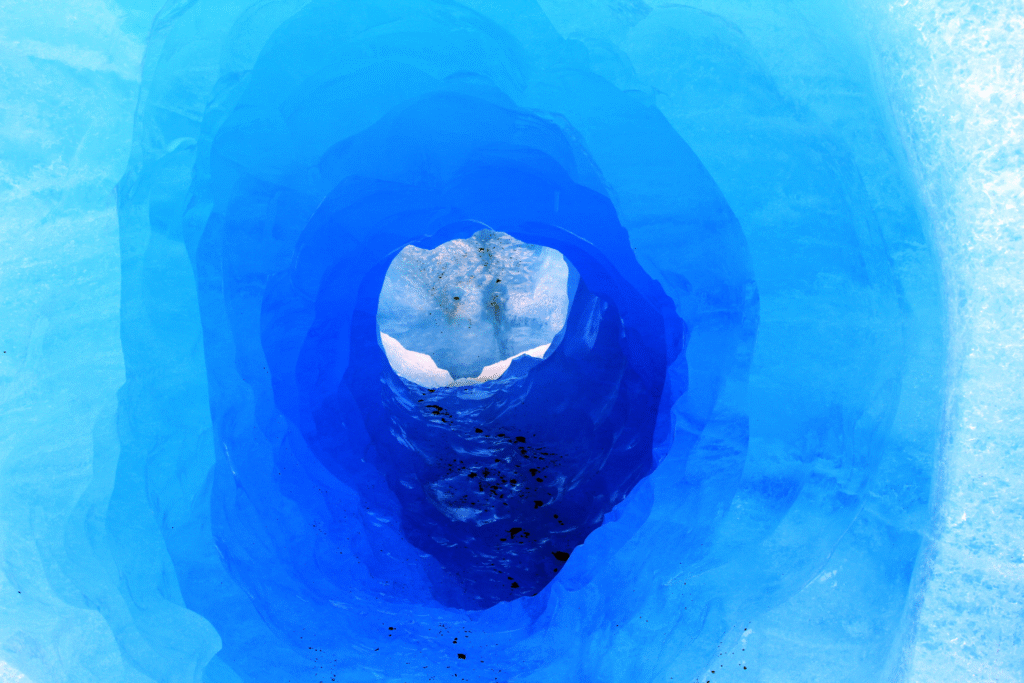
In 2023, researchers used radar imaging to map channels beneath the Ross Ice Shelf and found that rivers of meltwater carved tunnels stretching for miles. As stated by Nature, these formations act as pathways linking subglacial lakes with the ocean. The revelation ended speculation about whether these systems were isolated.
By connecting lakes to the sea, the tunnels create a dynamic exchange of water and nutrients. That means what happens beneath the ice has implications for marine ecosystems far beyond Antarctica. A concealed world suddenly appeared not static but in motion.
3. Microbial life was discovered in places no one expected.
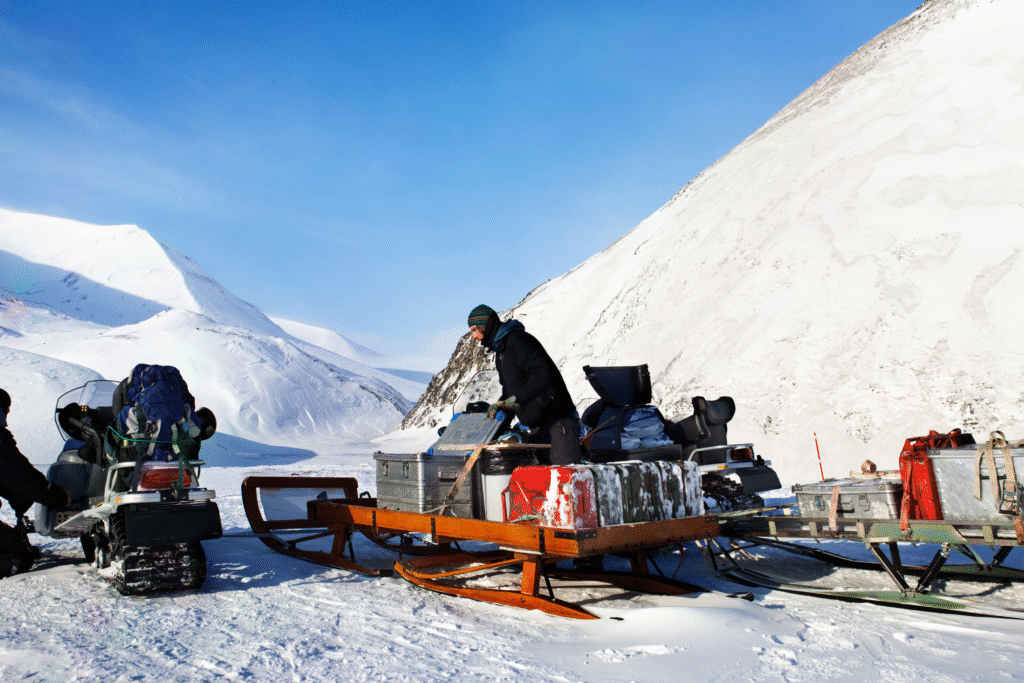
Drilling into Lake Whillans, scientists found microbial communities thriving without sunlight, surviving on minerals and chemical reactions with rocks. Reported by Scientific American, these findings reshaped how scientists think about where life can persist. The analogy to icy moons like Europa or Enceladus wasn’t lost on anyone.
What it proved was simple: life is adaptable. Locked beneath half a mile of ice, in frigid darkness, tiny organisms continued cycles of growth and metabolism. The implications stretched beyond Antarctica, hinting that if life can exist here, it might flourish elsewhere in the solar system under similar conditions.
4. Rivers flow silently under the glaciers.
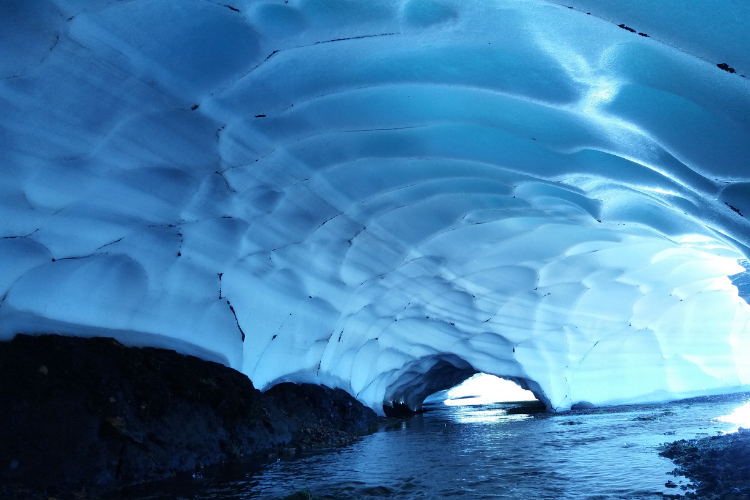
Radar imaging and seismic surveys have revealed entire river systems running under miles of ice, transporting meltwater from the continent’s heart to the ocean. These rivers operate unseen, yet they regulate how quickly glaciers move and, ultimately, how fast sea levels rise.
The hidden hydrology acts like veins in a giant body, pumping water quietly until it reaches the coast. That circulation changes everything we thought we knew about how ice sheets behave, reminding us that even the most solid-seeming landscapes can pulse with motion.
5. Caverns of open space hide under the ice shelves.
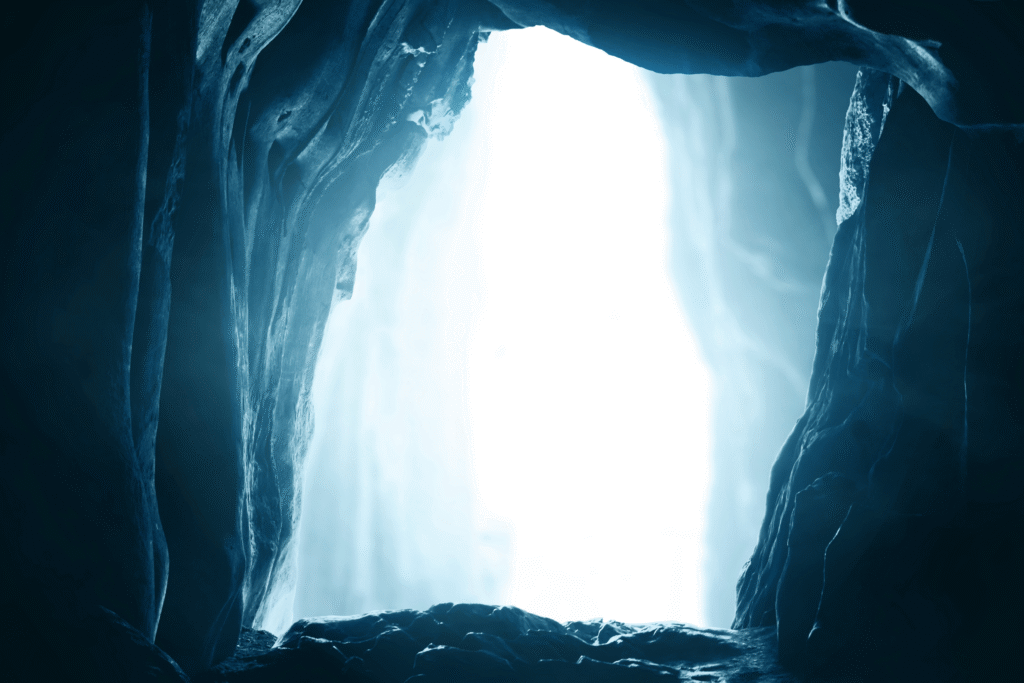
Beneath the massive Ross and Thwaites Ice Shelves, researchers have identified vast caverns—hollowed out by warm ocean water intruding beneath. Some span areas the size of Manhattan. The discovery showed that the ice is not a uniform sheet but riddled with voids.
Those caverns matter because they destabilize ice from below, accelerating collapse in places once thought stable. They are both natural wonders and warnings, telling us the frozen ground beneath our feet is anything but permanent.
6. Volcanoes lurk under the ice, adding heat to the system.
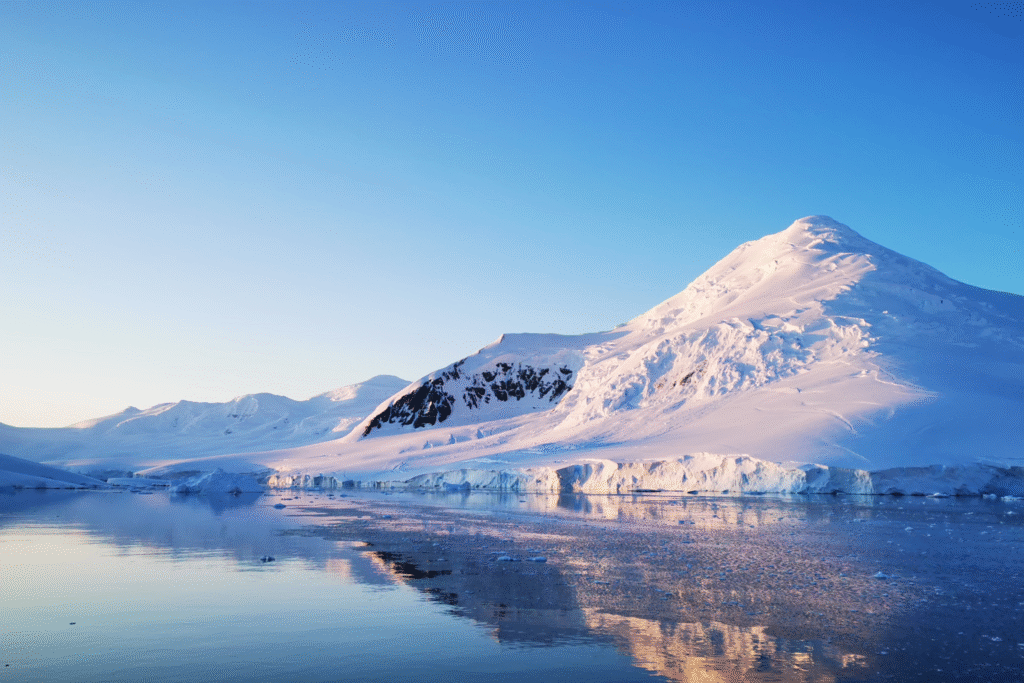
Hidden beneath the thick Antarctic crust are dozens of volcanoes, some still active, producing geothermal heat that helps maintain subglacial lakes. While invisible on the surface, their presence influences ice dynamics by warming the bedrock and creating meltwater.
This volcanic heat source is not just a geologic curiosity. It helps explain how entire ecosystems might survive in subglacial environments. And it complicates predictions of how fast Antarctica’s ice might collapse under warming conditions.
7. The hidden world influences global oceans.
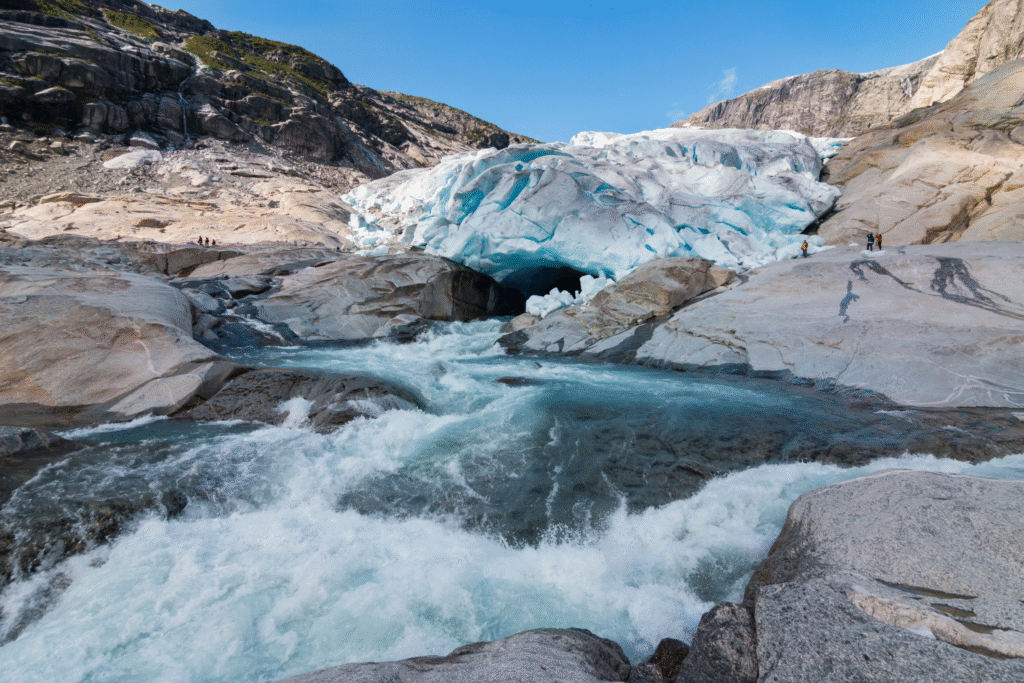
Water flowing from these lakes and rivers eventually reaches the Southern Ocean, carrying nutrients, microbes, and minerals. Once released, this hidden cargo can affect ecosystems thousands of miles away, influencing food chains that stretch to whales, seals, and fish populations.
So the underground world isn’t just buried; it is connected. Its story doesn’t end beneath the ice but extends across currents and coastlines that define much of life in the oceans we rely on.
8. Each discovery reshapes how scientists think of habitability.
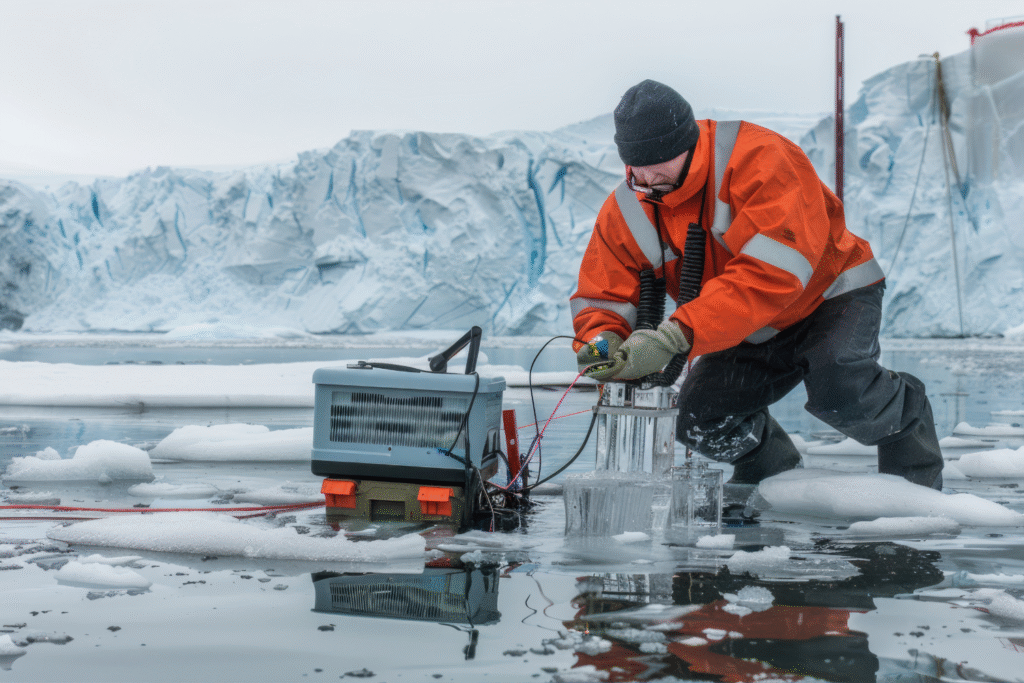
The cascading revelations—lakes, rivers, microbes, caverns, and volcanic heat—have transformed Antarctica from a static desert into one of Earth’s most active hidden frontiers. Instead of a barren sheet of ice, it resembles an underground planet within our own.
Every piece of evidence adds weight to the idea that life thrives in conditions once deemed impossible. Antarctica’s underworld has become both a scientific marvel and a training ground for imagining what life might look like on frozen worlds far from Earth.
9. New technology keeps peeling back the layers.
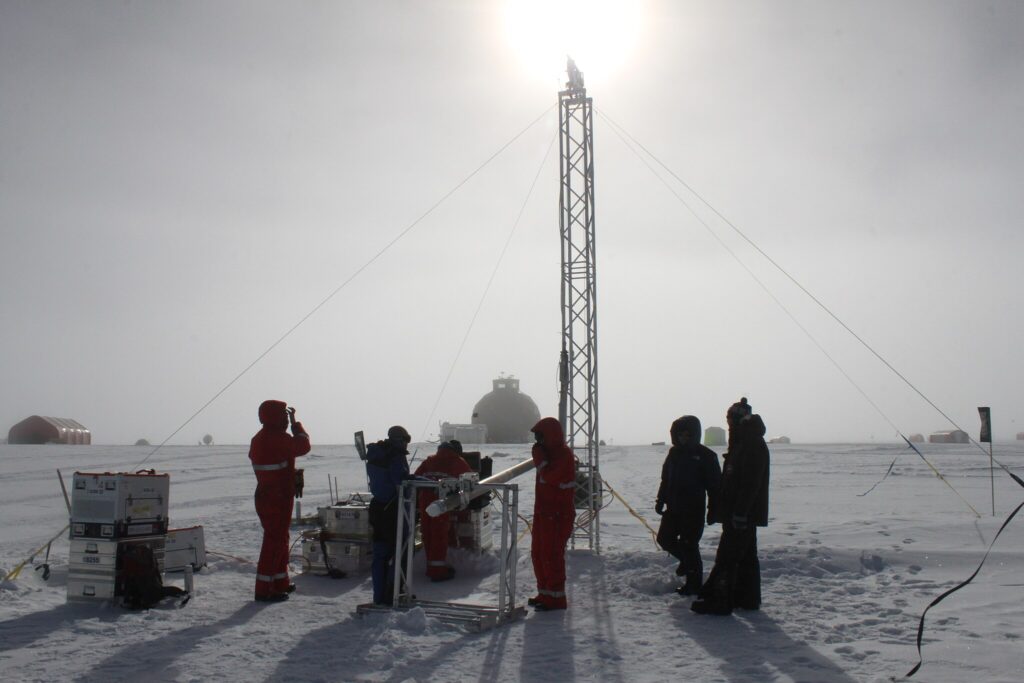
None of these findings would exist without leaps in radar imaging, ice drilling, and autonomous underwater vehicles. Instruments that can penetrate miles of ice or map water under crushing pressure are the real reason we can glimpse this subterranean world at all.
Technology becomes the bridge between speculation and proof. Each advance lets scientists return with sharper tools, and each return uncovers more complexity. The story is ongoing, and every new sensor deployed beneath the ice sheet promises another twist in a landscape that still feels largely unexplored.
